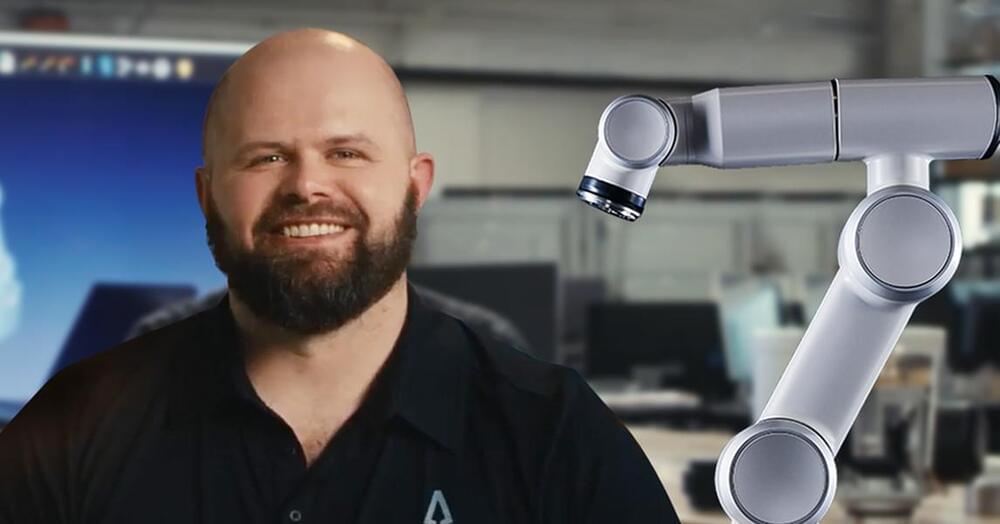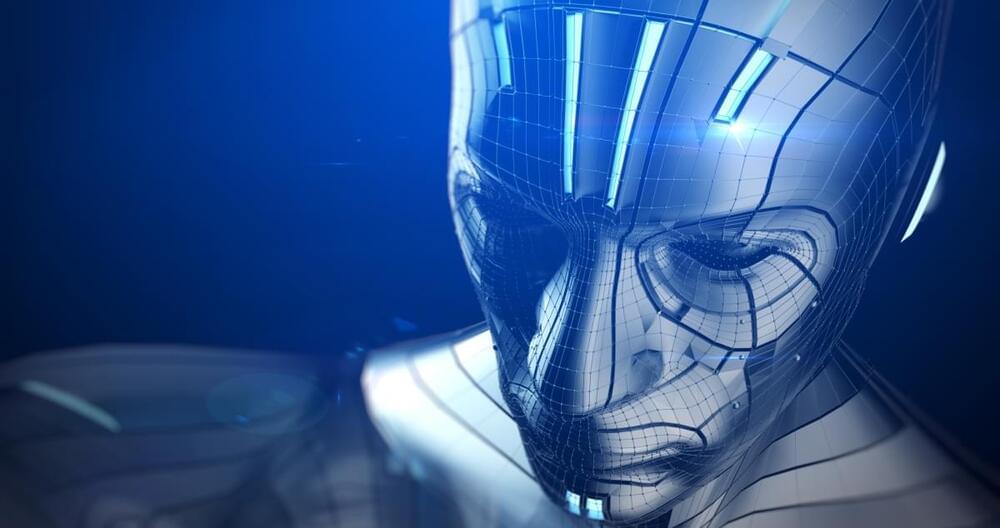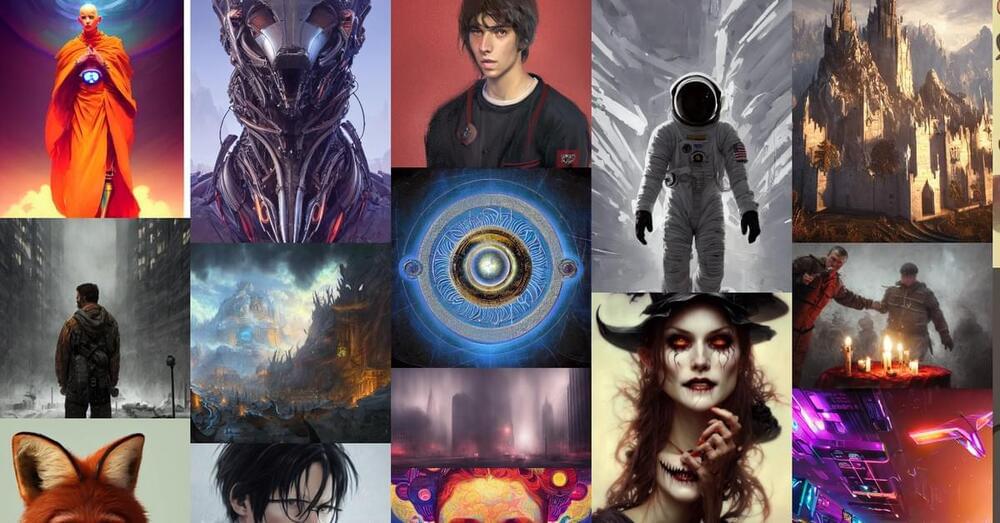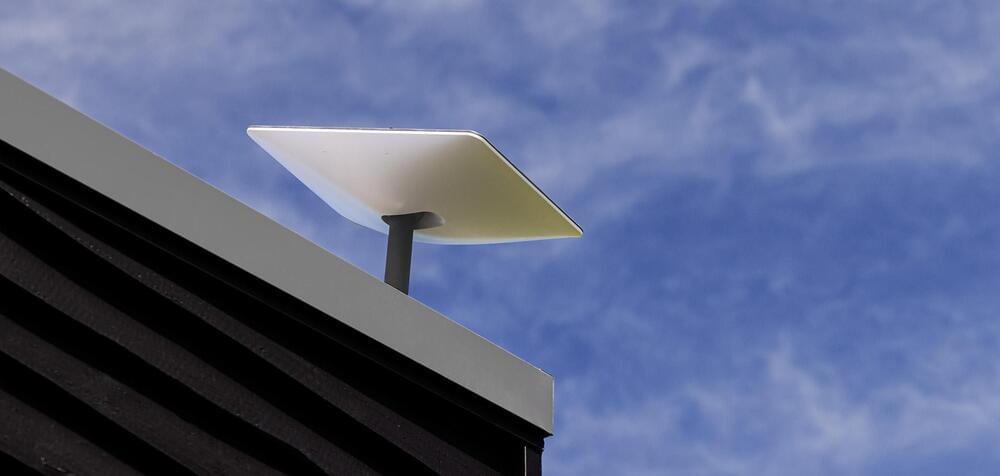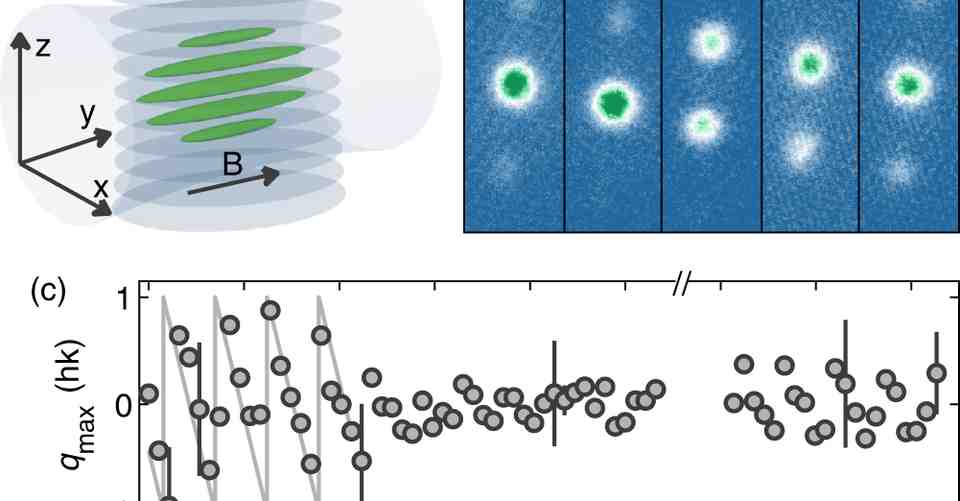Midjourney is one of the leading drivers of the emerging technology of using artificial intelligence (AI) to create visual imagery from text prompts. The San Francisco-based startup recently made news as the engine behind the artwork that won an award in a Colorado state fair competition, and that’s unlikely to be the last complicated issue that AI art will face in the coming years.
Midjourney differentiates from others in the space by emphasizing the painterly aesthetics in the images it produces.
Serial entrepreneur David Holz explains the goals and methods of the revolutionary text-to-image platform and his vision for the future of human imagination.



